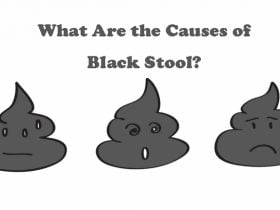What Is Muscular Dystrophy?

Muscular dystrophy is the progressive weakness and loss of muscle mass. The term is used to describe a group of inherited diseases that cause this condition. The muscle loss and damage are caused by a lack of dystrophin, a protein critical for healthy muscle function. Genetic mutations are responsible [1] for limiting the production of this protein.
This muscle condition can affect people of any age, but most people develop it in their childhood and start to show symptoms. Boys are also more likely than girls to suffer from it. Less common types of muscular dystrophy do not often show symptoms until adulthood.
There are different types of muscular dystrophy, all marked by a progressive loss of muscle function. The outlook for someone with this condition varies with the severity of the dystrophy and the type. In most people, the symptoms culminate in disability.
Because the condition progresses gradually, people may not recognize them immediately. Specific signs of muscular dystrophy often depend on the type. This article explores the symptoms of muscular dystrophy based on the type of dystrophy. There are several types of muscular dystrophy but most doctors split them into nine categories for diagnosis.













